Healthy Foot Anatomy
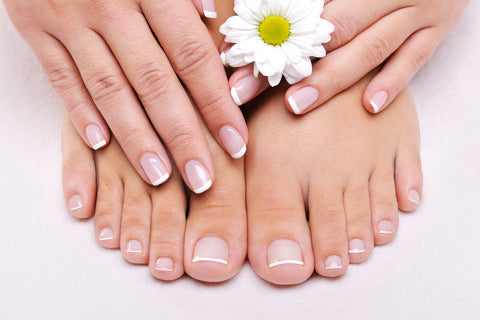 In this video, Dr. Ray McClanahan, a sports podiatrist at Northwest Foot and Ankle and the inventor of Correct Toes, discusses how conventional footwear alters normal foot and toe anatomy, leads to excessive pronation, and causes a variety of otherwise preventable foot problems. Learn more about natural foot health and wisdom from Dr. McClanahan, who is one of the most talented, progressive, and naturally-minded foot care specialists in the United States.
Read more
In this video, Dr. Ray McClanahan, a sports podiatrist at Northwest Foot and Ankle and the inventor of Correct Toes, discusses how conventional footwear alters normal foot and toe anatomy, leads to excessive pronation, and causes a variety of otherwise preventable foot problems. Learn more about natural foot health and wisdom from Dr. McClanahan, who is one of the most talented, progressive, and naturally-minded foot care specialists in the United States.
Read more


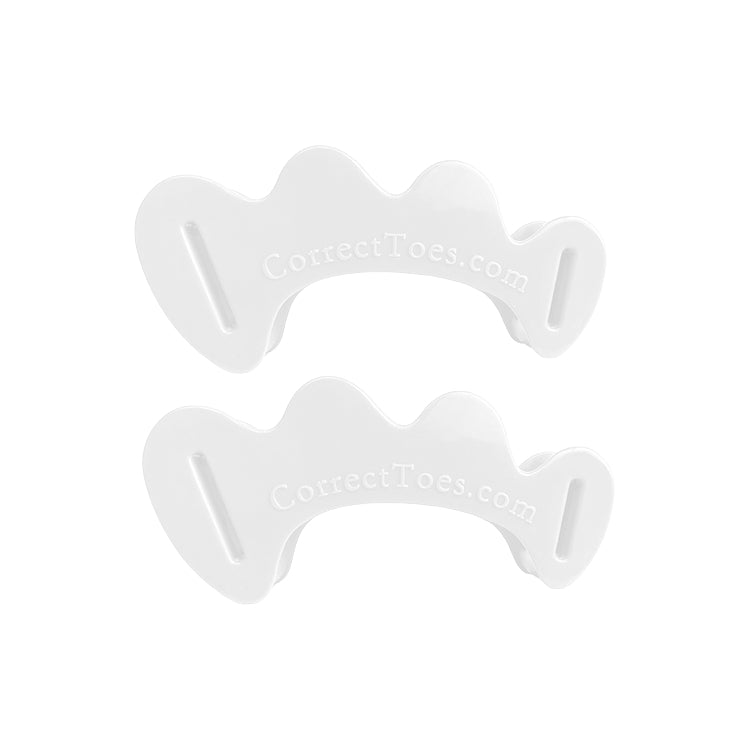
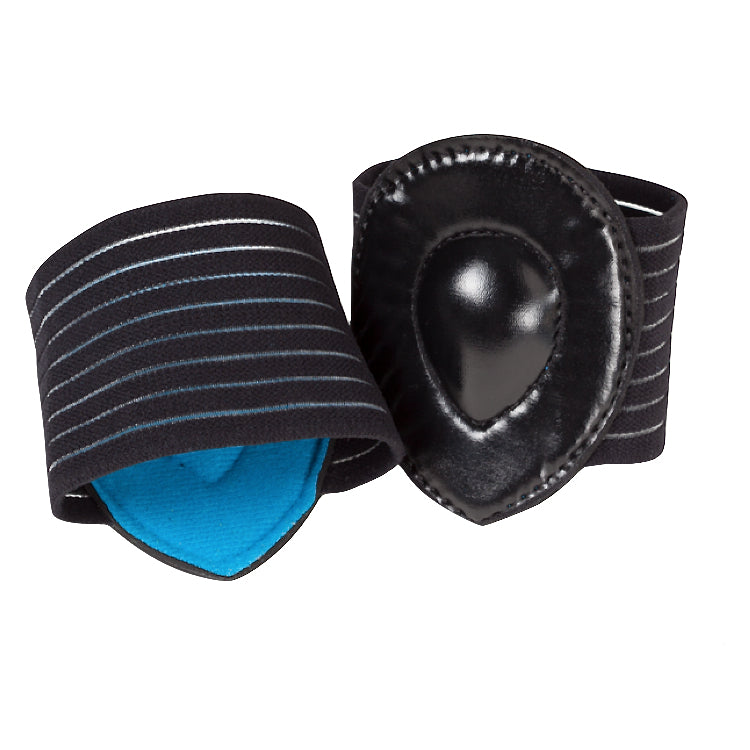
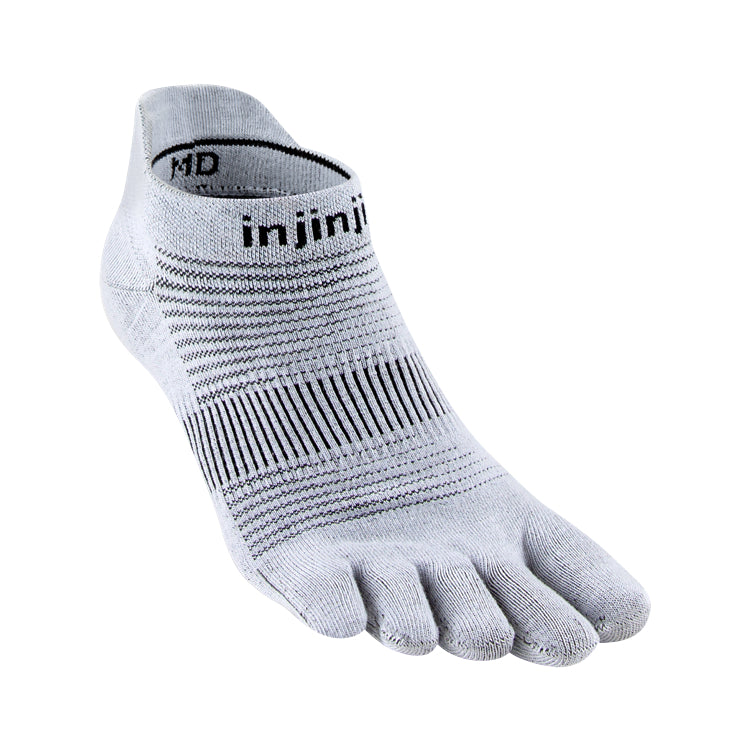
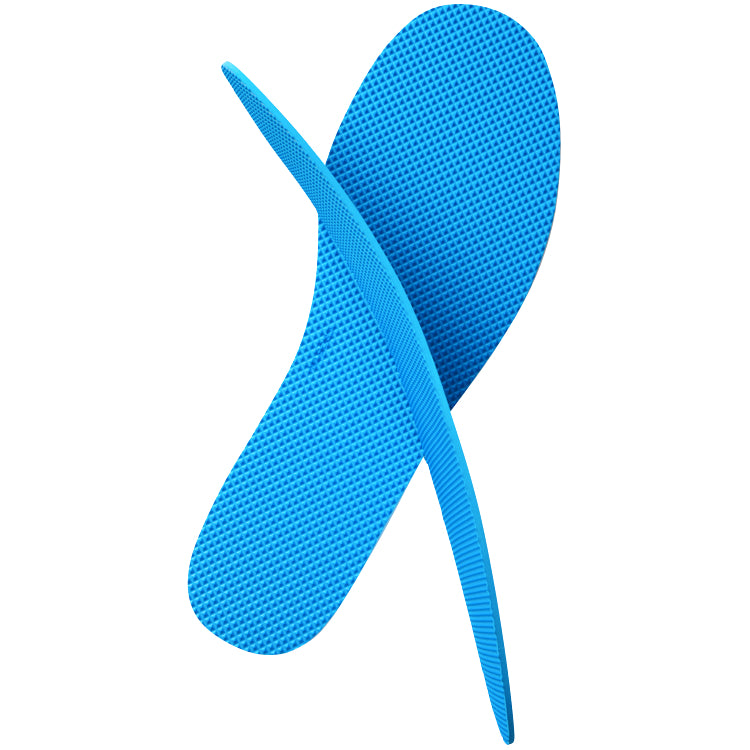

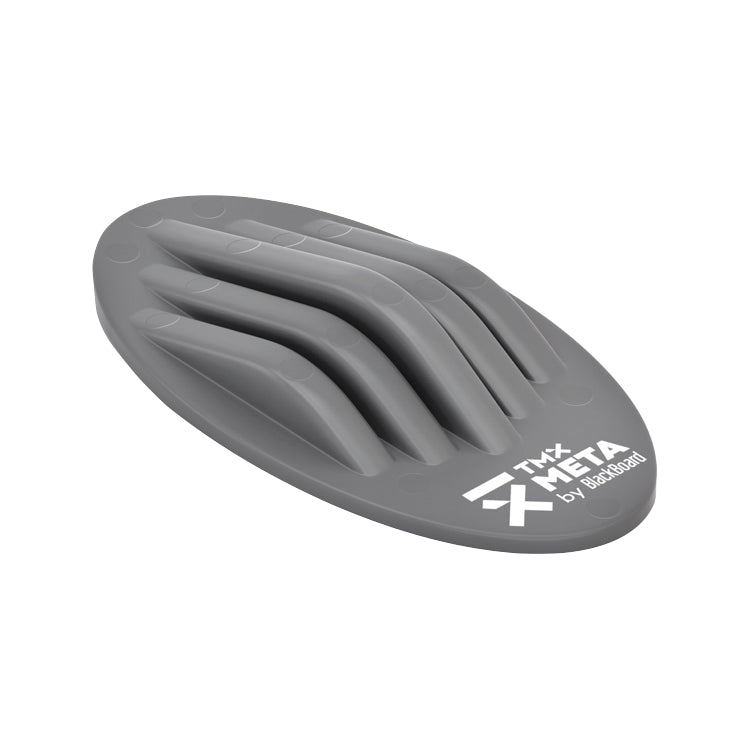
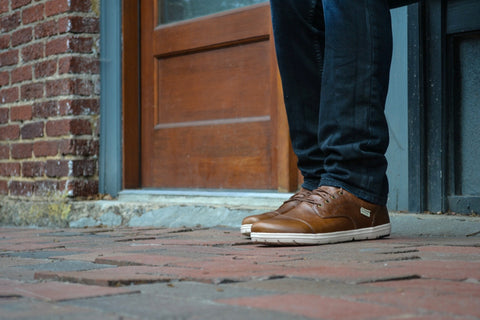
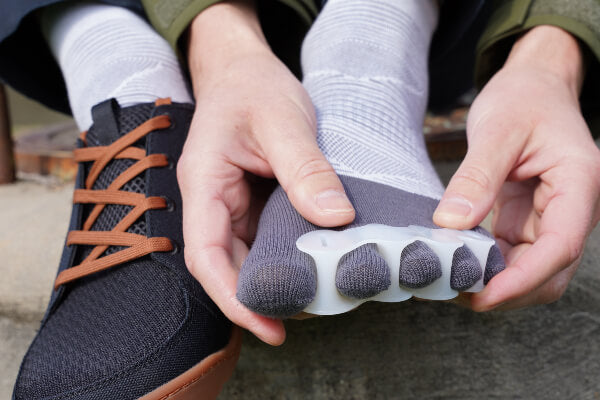
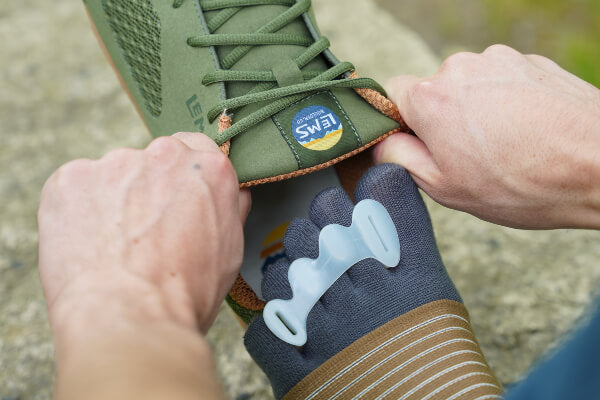
I need to purchase a shoe with a large toe box. What would you suggest? I have a shoe ordered and I am just waiting to get the money to make the purchase. Can you somehow inform me if this shoe will help with my hammertoes, overlapping toes, and bunions? I purchased a pair of your toe braces, but due to much toe surgery and pain I overly altered the braces and I need to order a second set, but once again, money is holding me back. I went through several “repair operations” and all that occured was more damage.
Hi, Barbara,
Thank you for your comments. All of the shoes we sell offer a wide toe box, and because they are widest at the ends of the toes, they provide space to promote proper toe splay and flexion. In our experience, having this space is usually helpful with the problems you mentioned. Hammertoes, overlapping toes, and bunions are often caused by wearing constricting footwear, so by simply providing space and allowing the foot to function like a bare foot inside the shoe, many find relief. You can find more information on these specific problems here:
www.naturalfootgear.com/blogs/education/tagged/conditions
We’re sorry to hear that the toe spacers were irreparably damaged. Were you able to use the toe spacers at all, or were they broken before you were able to use them? If you weren’t able to use them, please send us an email at admin@naturalfootgear.com, and we’ll work on getting you a replacement pair. Correct Toes are very beneficial in restoring proper alignment, and if possible, we’d like to help you modify them in a way that allows you to experience the benefits.
If we can answer any other questions for you, just send them our way!
Kind Regards,
Andrew Potter
Hello Natural Footgear. Maybe you can assist me. I do exercises at a leisure centre, and I also have Taylor’s bunions. Could you recommend wide toe box footwear? I always feel side foot pressure and would like that extra bit of room, especially at base of the little toe. Wearing the next size up is not the answer, as you would know. The Adidas “Boost shoe” has a nylon upper which is flexible and soft and somewhat ok, although there must be something better out there in a fitness shoe. Thanks!
Hi, Pat,
Thank you for your comments. All of the shoes we sell have very wide toe boxes to provide ample space for toe splay and flexion. If you’re looking for an athletic shoe, please check out the following page for a variety of options: www.naturalfootgear.com/collections/womens-shoes. We’ve found that Altra and Be Real Shoes in particular make for excellent foot-healthy athletic footwear. Both brands have a flat (i.e., zero drop) sole and an exceptionally wide toe box that’s widest at the ends of the toes.
If you have further questions or concerns, please do send them our way!
Kind Regards,
Andrew Potter
How does the big toe affect athletic performance, and what can I do to improve its strength and mobility?
Hi, Xander. Many thanks for your excellent question! The big toe plays a far more significant role in athletic performance than most people realize. Often overlooked in conventional training programs, this powerful digit is crucial for balance, propulsion, and overall movement efficiency. Whether sprinting, cutting, jumping, or stabilizing, a strong and mobile big toe provides the foundation for optimal biomechanics. Unfortunately, restrictive footwear and poor movement habits often limit big toe function, leading to diminished athletic potential and an increased risk of injury. By restoring natural toe splay, improving mobility, and strengthening the foot’s intrinsic muscles, athletes can unlock a new level of speed, agility, and stability.
One of the big toe’s primary functions is to provide a stable yet dynamic base for movement. It serves as the final point of contact during the push-off phase of walking and running, helping to transfer force efficiently through the lower body. When the big toe lacks mobility—often due to tapering toe box footwear or structural issues like hallux limitus—the body compensates by altering gait mechanics. These compensations not only reduce speed and power but also place excess strain on the ankles, knees, and hips, increasing the likelihood of overuse injuries. Restoring proper big toe dorsiflexion and strength allows for a more efficient and powerful push-off, directly enhancing athletic performance.
Balance is another critical area where big toe function plays an essential role. A strong and properly aligned big toe helps anchor the foot, providing stability during single-leg movements, lateral cuts, and rapid changes in direction. Athletes who lack sufficient big toe strength or mobility often struggle with balance and coordination, making them more susceptible to ankle sprains and falls. Simple exercises such as toe splaying, short foot drills, and controlled toe extensions can improve proprioception and reinforce the connection between the foot and the brain. This enhanced awareness leads to quicker reactions and smoother movement transitions.
Agility, which relies on rapid footwork and controlled acceleration and deceleration, is also directly linked to big toe function. The ability to make explosive movements—whether in basketball, soccer, tennis, or any other sport—depends on the foot’s ability to generate and absorb force effectively. If the big toe is restricted or weak, athletes may experience delays in foot strike timing or struggle with force distribution, leading to inefficient movement patterns. Strengthening the flexor hallucis longus and other key foot muscles while prioritizing natural footwear with a flexible, zero-drop sole and wide toe box can significantly enhance agility and responsiveness.
Ultimately, the big toe is not just a passive structure; it’s a crucial driver of athletic movement. By prioritizing big toe health through the use of foot-healthy footwear, Correct Toes toe spacers, targeted mobility work, and foot strengthening exercises, athletes can improve their speed, agility, and balance while reducing their risk of injury. The key to peak performance isn’t just found in the legs, core, or upper body—it starts from the ground up, with a strong, mobile, and fully functional big toe. We hope this answer helps! Please let us know if you have any follow-up questions.
Yours in Foot Health,
Drs. Marty & Robyn Hughes